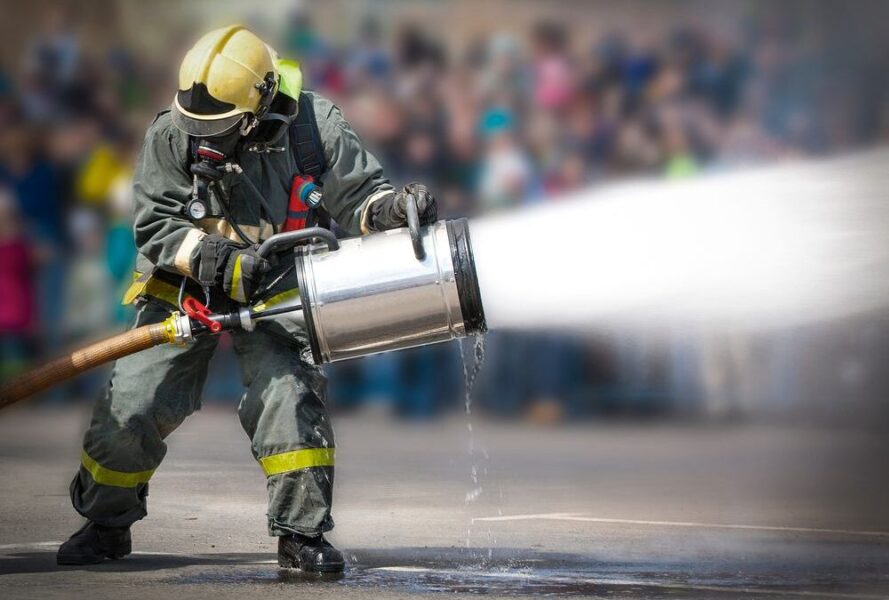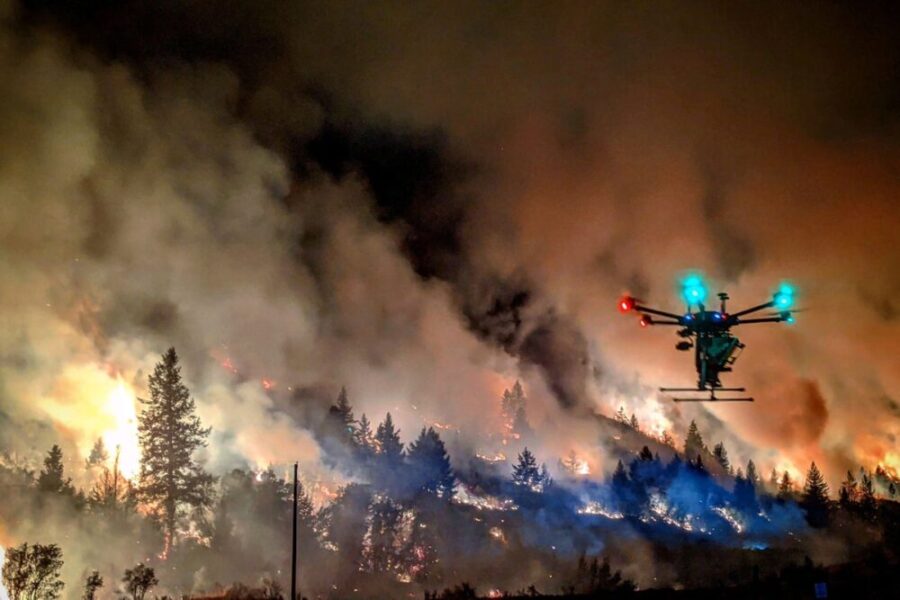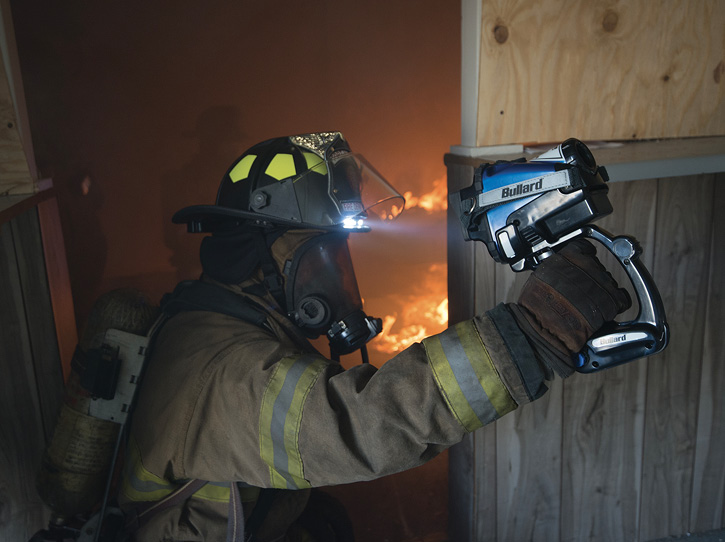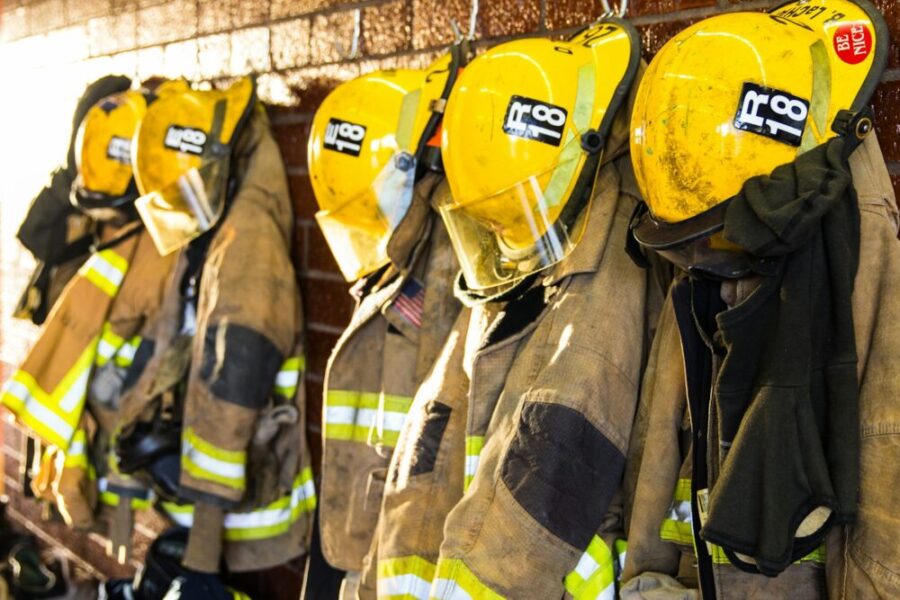The Future of Firefighting: What Will It Look Like?
If someone chooses to become a firefighter, it is hardly about the financial aspect of the career. The tenacity and courage this work demands make firefighting more than just a profession. For a regular nine-to-five, one may leave the office with some bittersweet memories.
However, ‘just another day at the office’ for firefighters involves the risk of losing their lives, being severely injured, or having traumatic memories at the least. These societal heroes constantly put themselves on the line, battling physical and emotional challenges.
As per the US Fire Administration, one firefighter fatality has already taken place in 2024 (Ryan Pleasants of Walla Walla, Washington). Such fatalities may not always result due to the immediate rescue scene. Sometimes, they’re also due to the toxicity involved in such a line of work.
In light of the dangers associated with firefighting, quantum shifts are taking place within the industry. These are expected to change the face of firefighting in the future. In this article, we will discuss three such massive changes on the horizon.
The Possibility of Fluorine-Free Foam and Gear

Source: vanguard-fire.com
The equipment firefighters generally work with is far from harmless. The firefighting foam used to put out liquid-fuel fires is one such example. Also known as Aqueous Film-Forming Foam, AFFF is preferred for Class B fires due to its features of low viscosity.
This foam’s chemistry was first discovered in the 1930s. It is essentially manufactured using chemicals called per- and polyfluoroalkyl substances or PFAS. These are a complex group of over 12,000 chemicals (most of which haven’t been studied closely yet).
These chemicals are produced through a strong carbon-fluorine bond, and their ability to repel oil and water makes them ideal for producing firefighting foam. However, the most well-studied of these chemicals – perfluorooctanoic acid (PFOA) – is found to be carcinogenic to humans.
That would explain why firefighters carry a 9% higher risk of developing cancer and a 14% higher risk of dying from the condition. Many firefighters and military personnel over the years developed cancers of the kidneys, testicles, bladder, etc. They filed a firefighting foam lawsuit against PFAS manufacturers, starting in 2017.
In 2018, this lawsuit became a class-action multi-district litigation. According to TorHoerman Law, municipalities also filed this lawsuit under the water contamination category. The foam’s chemicals were also wreaking havoc on the environment, polluting the groundwater and municipal supply water.
Besides the foam, traces of PFAS were found on firefighting gear to repel oil and water. The risks associated with these chemicals made it necessary to discover non-toxic alternatives (one that is fluorine-free). The Department of Defense (DoD) and the Federal Aviation Administration (FAA) are conducting research projects on fluorine-free foams.
In another year, fluorine-free foam technology should be available worldwide because PFAS manufacturers like 3M have promised to stop production by the end of 2025. As for PFAS-free gear, the challenge is massive since other materials cannot repel oil and hydraulic fluid. However, a solution should soon be on the horizon.
In any case, the future of firefighting is surely going to shift from PFAS to fluorine-free alternatives.
The Increased Use of Firefighting Robots and Drones

Source: scientificamerican.com
Earlier, firefighters were required to explore every nook and cranny of the rescue scene by themselves. This has largely changed due to the emergence of firefighting drones and robots.
A firefighting robot is a portable emergency responder technology that can assist firemen in highly dangerous environments. Let’s take the most renowned example to date – that of the Notre Dame Cathedral fire tragedy.
Parisian firefighters employed drone technology to get a clear view of the fire scene. These devices flew along the perimeter of the Cathedral to capture an aerial view of the fire. The fire department used the devices’ visual recordings to tackle the crisis in real time.
The flames had engulfed the Notre Dame’s spire, roof, and stained glass windows. An instrumental player in all of this was the water-firing robot called Colossus. There were certain areas within the Cathedral that firefighters had to evacuate due to the intensity of the flames.
This increased the risk of smoke inhalation, falling debris, and third-degree burns. Colossus was deployed with sensors and cameras to quell the flames in these areas. Its tank-like structure was ideal for transporting wounded people trapped within these red zones.
In the future, we will find fire departments adopting more technologies to protect firemen against the hazards in high-danger zones.
The Application of Thermal Imagers

Source: fireapparatusmagazine.com
Up until now, every firefighter carried with them a radio and a flashlight. The former helps them stay in the loop with the other team members, whereas the latter enables them to find their way through the dark.
Going forward, it is expected that every fireman will also carry a thermal imaging camera. This will come as a stark contrast against the commonplace practice of the officer-in-charge carrying one.
Personal thermal imaging cameras are the need of the hour, and can help brigades in the following ways –
- Each member can carry out primary searches for pets and people. They can also locate the fire’s source.
- The imaging camera can act as an additional self-rescue lifeline. Firemen can use it to locate windows, cooler areas, other fellow members, etc.
- Every team member will be able to respond to Mayday calls in smoke-filled environments.
- The team can easily identify the source of hidden problems, such as faulty wiring, hotspots, etc.
- The hazmat team can also use the imaging camera to identify (from a safe distance) the level of hazardous materials in tanks.
- The team can have greater confidence while leaving the fire scene due to an increase in the number of members looking for hotspots.
- The device is useful in maintaining contact with other team members under conditions of low visibility.
- The tool can be used during firefighter training to teach about fire dynamics.
Apart from these, sustainable fire trucks that run on electricity have also entered the scene. Emergency responders need innovative technologies and other tools that enhance their safety.
The more data they have access to, the easier it will become to handle the hazards involved. Besides their own, firemen will be able to save others’ lives and valuable resources.















